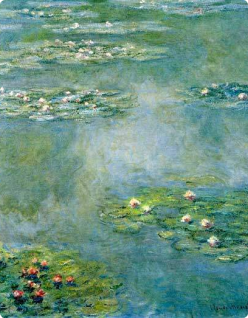Quick and affordable online appraisals of fine art



How much is my fine art worth?
Have you recently inherited or purchased some fine art and want to know its value? Mearto provides quick and affordable online appraisals of fine art. All you have to do is click on the “Start Appraisal” button above and follow the steps to send us information about and images of your fine art. One of our qualified and experienced specialists will review and get back to you with a fair market and insurance value, typically within 48 hours.
Have questions about the valuation provided, or would you like some advice about selling your fine art? We are here to help! Our platform allows you to chat back and forth with a specialist to ensure that all of your questions are answered.
What is fine art?
Fine art is literally defined as “creative art, especially visual art whose products are to be appreciated primarily or solely for their imaginative, aesthetic, or intellectual content” or “an activity requiring great skill or accomplishment.” It is important to note that the descriptor “fine” art is not meant to indicate the quality of the work, but rather emphasize the discipline’s purity according to the traditional Western foundations.
By definition, fine art distinguishes itself from the equally admirable, but intrinsically practical applied and decorative arts. These are often also divided using the terms “major arts” and “minor arts”. The minor arts would generally include genres such as medieval art and the decorative arts.
Fine art purposefully lacks a practical function and exists for the sake of beauty; art for art’s sake (the utility of architecture is an important exception to this rule). The height of fine artistic practice was said to be a demonstration of the full expression of the artist’s imagination and creativity. However, the emphasis on the aesthetic beauty of fine art, does not negate a deeper intellectual meaning behind the art.
Fine art is also created and valued for its intellectual meaning and purpose. The concept of fine art is therefore considered an invention of the early modern era. Scholars often refer to the art of earlier periods as a part of a “system of the arts” that consisted of the artist fulfilling the role of artisan, a skilled maker or practitioner. Art was a skill and the fruits of that skill usually served a practical purpose.
Historically speaking, fine art has included the disciplines of painting, sculpture, architecture, music, poetry, and theatrical performance (theater and dance).
Today, the definition of fine art has expanded to include film, photography, design, video production, video editing, and conceptual art. The term “fine art” usually encopasses art of the western world from the Renaissance on, though it can be expanded to include genres of art from other cultures, particularly those from East Asia.
How is fine art valued?
In determining the value of fine art, factors such as artist, date, provenance, medium, and condition are all taken into consideration.
Artworks by well-known artists with an established market presence will have increased value and a significant, documented provenance could also affect value. In dealing with fine art, the medium also becomes important. Paintings and sculptures tend to be larger and are usually more valuable than drawings and prints.
The condition is often essential in establishing value as well. Any current or previous damage and subsequent restoration should be taken into consideration. Drawings and prints, which usually have paper as the base or support are usually more delicate than painting and sculpture and tend to have condition issues over time.
What are the different categories of fine art?
Two-Dimensional
Three-Dimensional
Conceptual Art
Performing Art